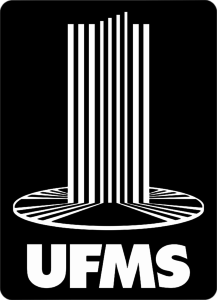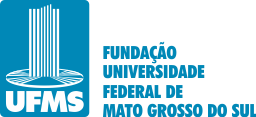Use este identificador para citar ou linkar para este item:
https://repositorio.ufms.br/handle/123456789/1494Registro completo de metadados
| Campo DC | Valor | Idioma |
|---|---|---|
| dc.creator | Cavallaro, Karina Ocampo Righi | - |
| dc.date.accessioned | 2012-06-11T20:17:03Z | - |
| dc.date.available | 2021-09-30T19:56:07Z | - |
| dc.date.issued | 2005 | - |
| dc.identifier.uri | https://repositorio.ufms.br/handle/123456789/1494 | - |
| dc.description.abstract | This research is the first description of the benthic macroinvertebrate communities of a 7km stretch of a chalk stream in the Serra da Bodoquena of Mato Grosso do Sul State. A Surber sample was used to collect five samples of macroinvertebrates in five riffle areas during two sampling periods, in the dry and rainy seasons, respectively. Environmental characteristics measured included alkalinity, hardness, conductivity, pH, dissolved oxygen, nitrogen and phosphorous, suspended solids, and litter. The biotic indices BMWP, ASPT, Hilsenhoff FBI, %EPT, %Chir, EPT/Chir, EPT, ETO, and %DF, and the Shannon diversity index, as well as evenness and taxon richness were applied. Functional group composition was identified for the principal macroinvertebrate groups. Insects comprised the majority of the taxa (97% of individual abundance). Total macroinvertebrate abundance and family richness were higher in the dry season while higher diversity was found in the rainy season. The families Chironomidae and Elmidae dominated the total abundance, respectively, in the dry and rainy seasons. Collectors dominated the communities. A cluster analysis divided the riffles into two clear faunal groups. Canonical Correspondence Analysis indicated a general lack of association between the macroinvertebrate families and the physical, chemical and biological characteristics measured. Correlation analysis showed a positive association between total macroinvertebrate abundance and litter availability in the dry period. The water quality was good to excellent according to the BMWP and FBI scores, and clean to doubtful according to the ASPT. A cluster analysis grouped the FBI, %EPT and %DF indices together. These latter indices indicated a lower water quality in the dry period, coinciding with higher ammonia water concentrations. | pt_BR |
| dc.language.iso | por | pt_BR |
| dc.rights | Acesso Aberto | pt_BR |
| dc.subject | Monitorização Biológica | pt_BR |
| dc.subject | Invertebrado - populações | pt_BR |
| dc.subject | Água - qualidade - medição | pt_BR |
| dc.subject | Engenharia Sanitária e Ambiental | pt_BR |
| dc.title | Uso potencial de macroinvertebrados bentônicos no biomonitoramento da qualidade d’água no córrego Salobrinha na Serra da Bodoquena, MS | pt_BR |
| dc.title.alternative | Potential use of benthic macroinvertebrates in the biomonitoring of the water quality of the Salobrinha stream Serra da Bodoquena, MS | pt_BR |
| dc.type | Dissertação | pt_BR |
| Aparece nas coleções: | FAENG - Programa de Pós-graduação em Tecnologias Ambientais Programa de Pós-graduação em Tecnologias Ambientais | |
Arquivos associados a este item:
| Arquivo | Descrição | Tamanho | Formato | |
|---|---|---|---|---|
| Karina Ocampo Righi Cavallaro.pdf | 1,31 MB | Adobe PDF |  Visualizar/Abrir |
Os itens no repositório estão protegidos por copyright, com todos os direitos reservados, salvo quando é indicado o contrário.

